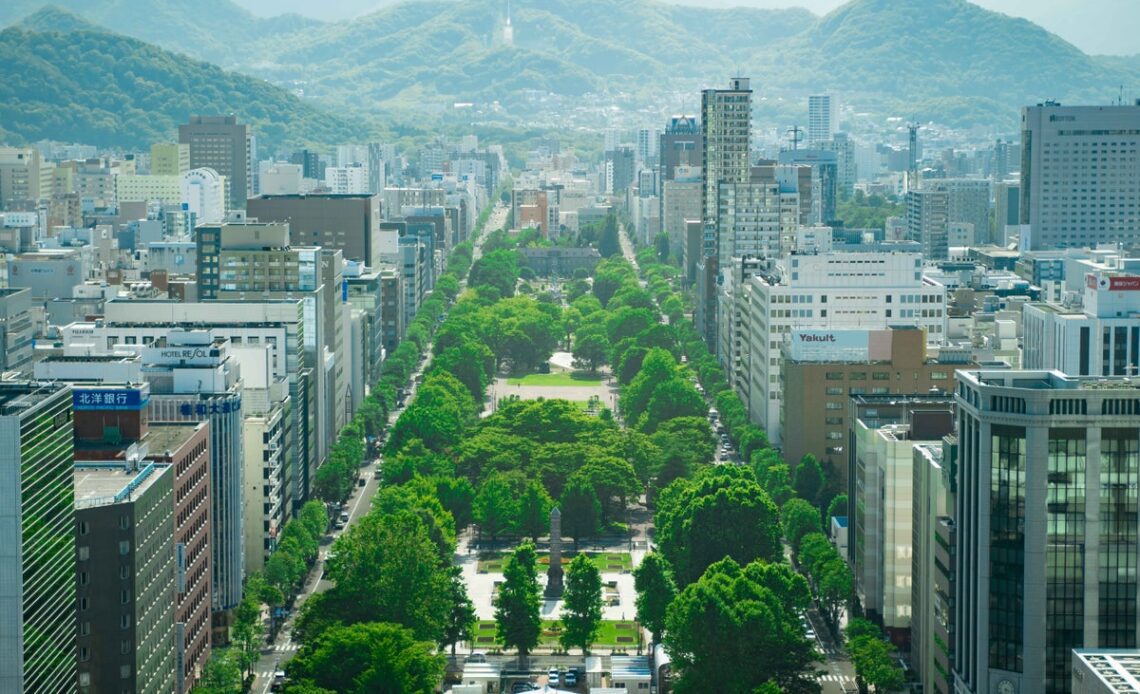Almost unbelievably, soup curry tastes as good as it smells. It’s something I didn’t think possible as the enticing waft of masala stewed vegetables hit my nostrils – my mouth watering before I’d even picked up a spoon.
Coined soul food by the handful of Sapporo restaurants who’ve been serving these bowls since the 1970s, soup curry is fresh as food comes and as spicy as you request. “These vegetables are all from Hokkaido?” I ask my waiter in Soup Curry Treasure, who smiles kindly. “Yes, all of our ingredients are from Hokkaido.” A few days later I realise just how naive a question that was; Sapporo, the capital city of Japan’s north island, Hokkaido, has had a farm-to-table food ethos since inception – the city is enveloped by agriculture and mountains, with the sea within reach too.
Taking the train here from Tokyo was an excellent flex of my Japan Rail Pass – the handy ticket that makes train travel in Japan cheaper for tourists – and the route was surprisingly easy. The shinkansen bullet train whizzes through the Seikan Tunnel to Hokkaido (the 33-mile long underwater link is the second longest tunnel in the world) and on re-emerging, I see snow on the ground, yet to melt in Japan’s chillier north island. Time to get the thermals on.
The Horomi Pass lavender garden
(Lucie Grace)
Sapporo station is dotted with huge wooden sculptures by Ainu master carvers, the people indigenous to this region, and posters along the platforms advertise the arrival of the next G7 meeting to the city on 15 April. It’s a fitting destination for global ministers to discuss the environment, as I find out over the course of the next few days.
Read more on Japan travel:
“There’s a lot of like-minded people in Sapporo,” says Noriko Shiokawa – manager of Royal Park Canvas Sapporo Odori Park, a branch of the crisp, bijou Japanese hotel chain. “There’s a respect for the environment due to the climate here – we are in awe of nature, it makes us humble”. This particular branch is entirely eco in design, specifically intended to complement the city. With libraries of books and LPs in situ and rooftop events space complete with firepits, it’s trendy in vibe, but there’s a lot more going on beneath the cool credentials.
“It’s actually the very first building in Japan built using hybrid construction; the top…
Click Here to Read the Full Original Article at The Independent Travel…
